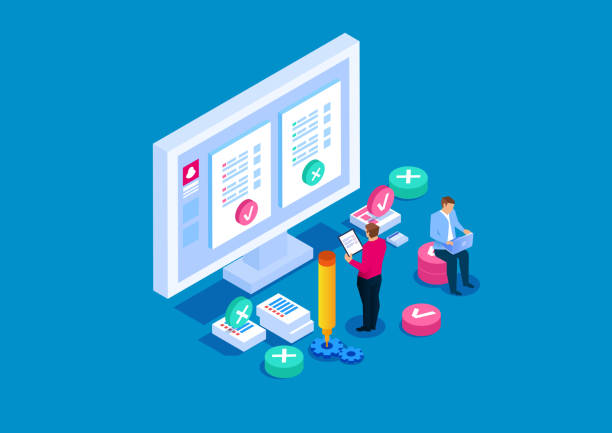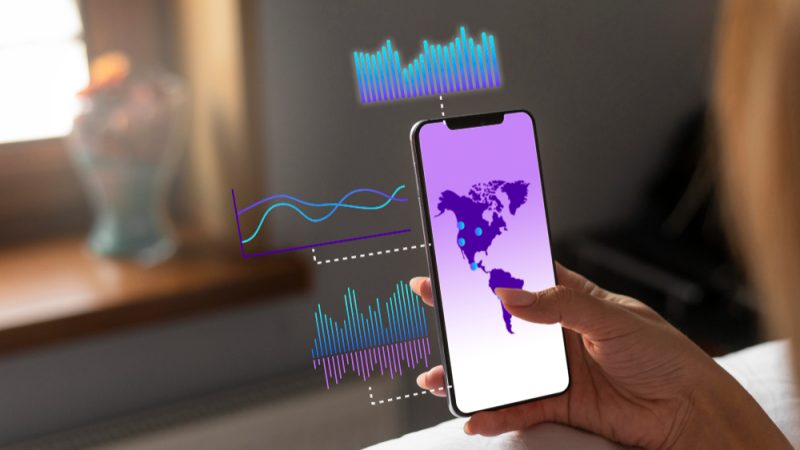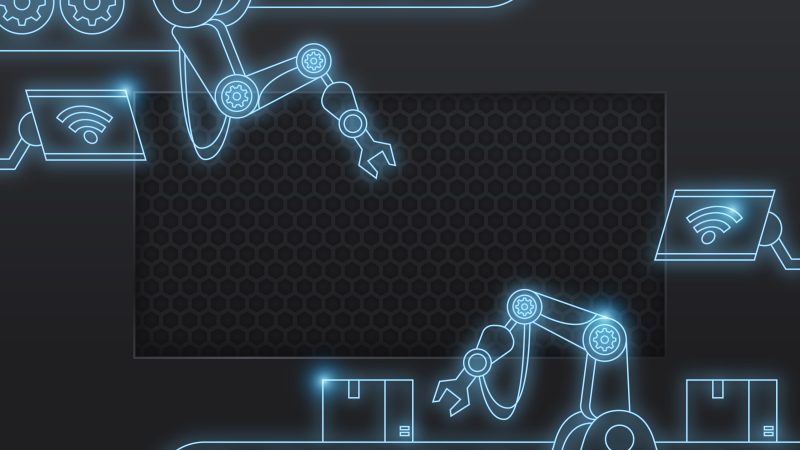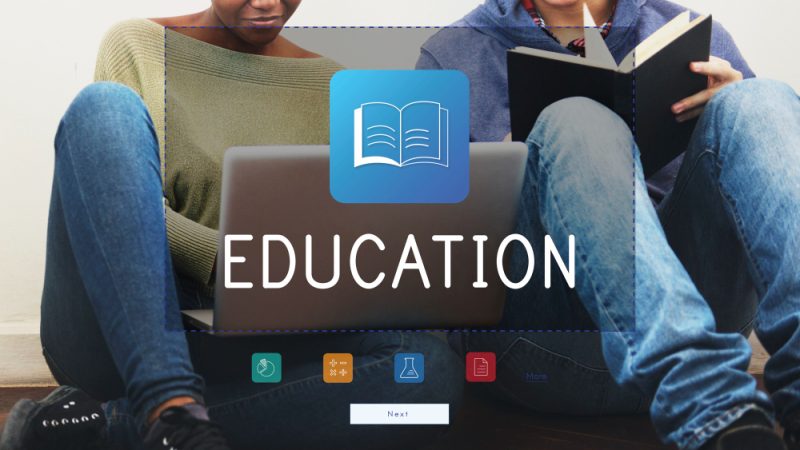How Mobile-Learning Apps Are Changing The Edtech Game

The use of technology in education has greatly changed the way people learn and gain knowledge. Earlier, learning was largely restricted to physical classrooms and textbooks, but the advent of cloud computing and artificial intelligence has made it incredibly easier for people to learn from the comfort of their homes. Now, there is no restriction of age, gender, skill level, mental capabilities, or any other hurdle that stands in the way of people receiving education, and mobile-learning apps lead the way in this revolution.
Thanks to mobile-learning apps, adults and children have access to a huge variety of learning materials, including learning different skills. Even the best way to learn piano is through an AI-powered platform called Skoove, where you can tailor the content according to your comprehension. Speaking of mobile-learning apps, let’s have a look at how they are reshaping the Edtech industry and initiating change.
What is Mobile Learning?
Mobile learning, or M-learning, involves the use of technology and electronic devices for learning. The mobile learning industry is growing rapidly with each passing year, and it is expected to reach a capitalization of approximately $80 billion by 2027.
Through the use of smartphones and tablets, people of all ages are exposed to digital and online content that they can watch from the comfort of their homes or even from their offices. Moreover, they can engage in study sessions with their peers and interact with their instructors as well. The best thing about M-learning is that it frees people from the constraints of owning extra equipment or devices for learning. All they need is their smartphone and an internet connection. The information they need to access is easily available on the cloud.
Common Applications of Mobile Learning
Mobile learning has become common in the Edtech industry, and its most popular application is in classrooms by teachers. It is being used in both physical and online classrooms, especially after the COVID-19 pandemic caused public places, including schools and universities, to shut down completely. As a result, students had to take their classes from home, and this provided a huge boost to the M-learning industry.
Apart from teachers using mobile learning for classrooms, educational processes can also be facilitated through this technology. Plus, it enhances the cooperation between students and teachers, especially those students who have trouble communicating with their teachers in front of a group of other students. Plus, students who are disabled or have to take online classes permanently also get a chance to interact one-on-one with their teachers so that they aren’t left behind.
However, the success of mobile learning in Edtech greatly depends on students having access to modern electronic devices, as well as proper internet connectivity. Even if one or a handful of students don’t have access to mobile devices or seamless internet, you can’t leave them out and cater to other students. Education is the right of every child, regardless of the problems and hurdles that hold them back. As a result, mobile learning methods can’t be implemented for other students because it isn’t the fault of a select few that they aren’t tech-savvy or technologically prepared.
Pros and Cons of Mobile-Learning Apps
Just like other industries and technologies, mobile learning also comes with its advantages and disadvantages. Considering both of them is highly important in order to understand whether mobile-learning would benefit your institution or your students. Plus, analyzing both the pros and cons will enable you to determine if mobile-learning apps are suitable for your Edtech infrastructure or not.
Pros of Mobile-Learning Apps
Wider reach
Through mobile-learning apps, educators can enjoy wider access and reach to a larger number of students, including those who aren’t present in the classroom. This makes them highly beneficial for students who can’t attend physical lectures due to several reasons, i.e., health issues, disabilities, distance problems, etc. Without implementing mobile learning apps for them, there is no way for you to help them cover their course content, and they will be demotivated, thus impacting their academic performance adversely.
Greater flexibility
Another major benefit of mobile-learning apps is that they provide learners and students with much more flexibility in terms of learning. While young learners can adhere to a fixed routine for their classes, older people and adults have to balance studies with work and other commitments. Therefore, mobile-learning apps can help them learn according to their convenience. They can attend recorded lectures late at night or during their shifts at work. This way, they won’t have to miss out on work for their learning, or vice versa. There is also flexibility for teachers because they will be able to supplement their lectures with interactive quizzes and short tests, which will also be automatically evaluated.
Multilingual learning
Suppose you are teaching a class in which there is a majority of non-native English speakers. You don’t have the capability to reach out to them in their native language, mainly because you don’t know it and also because you can’t cater to individual students in a physical classroom. However, when you have mobile learning apps, you can offer them multilingual learning through subtitles and audio translations. This way, students will be able to retain information much better.
Associating mobile devices with studying
Generally, we tend to associate smartphones with leisure activities, such as chatting with friends, watching YouTube videos, playing online games, scrolling Facebook, etc. However, when given access to mobile-learning apps, we can actually trick our brain into thinking that it is at rest, which causes it to retain information and memorize concepts better.
Cons of Mobile-Learning Apps
Lack of a Universal Solution
One of the biggest pitfalls with using mobile-learning apps in Edtech is that there isn’t a universal or standard solution that is compatible across all smartphones or electronic devices. As a result, the mobile-learning apps may perform differently on various devices, and some people might face a significant lag during their lectures.
Technical Issues
Last but not least, students can also suffer due to a malfunction in their mobile devices, or a poor internet connection. This may cause them to lose important data, miss out on lectures, and also be unable to appear for online tests or evaluations.
Despite the technical issues and slight hurdles, mobile-learning apps continue to be a step in the right direction for the Edtech sector, and it can lead to promising results in the future as well.






